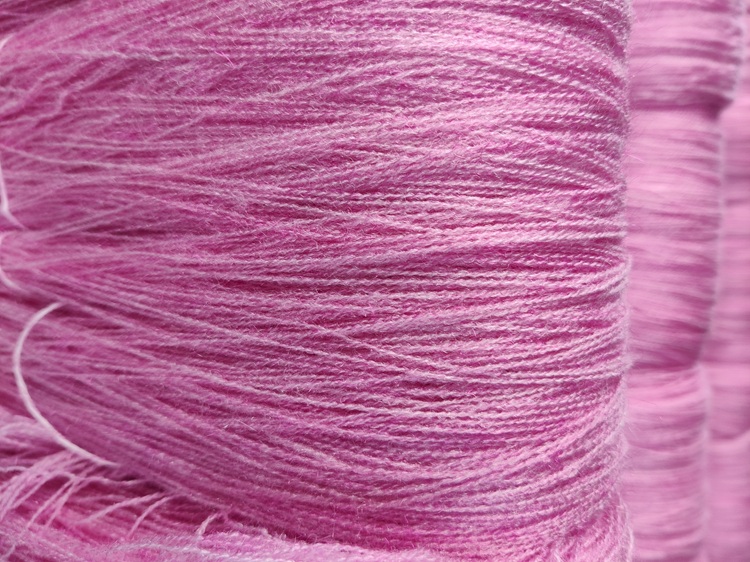Low prices and a global oversupply of cotton have been putting a lot of pressure on America’s cotton producers. They have been having a tough past few years for a number of reasons. Among these are low demands and reduced federal subsidies, stemming from a World Trade Organization dispute. Brazil had complained that US subsidies were distorting global trade markets. The WTO agreed, and the US revised its subsidy program for cotton farmers in the 2014 farm bill.
And China, which had been holding a lot of cotton stocks in reserve, has been releasing them into the global market, pushing prices down. That means the price of cotton is not covering the cost of production.
Cotton growers will be given $300 million in aid to help stabilize the industry. Texas is the nation’s leading cotton-producing state. The new aid program will offer producers one-time payments that are determined by their acreage last year and a portion of average ginning costs in their regions. Ginning is the process by which cotton lint is separated from cotton seed. The aid will mostly help farmers finance their operations. The aid program caps payments at $40,000 per producer.
US government to help domestic cotton growers
- 1
- 2
- 3
- 4
- 5
- 6
- 7
- 8
- 9
- 10
The Great Sourcing Shuffle: Why tariffs failed to bring manufacturing back to th…
When Washington set out to ‘reclaim manufacturing’ through punitive tariffs, it was envisioned as a patriotic reset one that would... Read more
Beyond Search and Scroll: Why AI-powered shopping is becoming retail’s new opera…
When ChatGPT unveiled its Instant Checkout capability allowing users to discover, evaluate, and purchase products within a single conversational interface... Read more
How global acrylic fiber leaders engineered price stability amid historic ACN cr…
The global Acrylic Staple Fibre (ASF) market, long known for its sensitivity to violent swings in petrochemical feedstocks is facing... Read more
GTE 2025: An impactful event driving industry excellence
Jointly organized by Garment Technology Expo and India Exposition Mart(IEML), the 38th edition of the Garment Technology Expo (GTE) proved... Read more
Threads of Labor and Steel: The human-machine ecosystem powering India’s textile…
India generates nearly eight million tonnes of textile waste every year, placing the country at the center of the global... Read more
Hanging by a Thread: US Tariffs cripple Indian textile exports, orders drop 70%
India’s textile and apparel industry is facing an unexpected mid-cycle rupture that is reshaping the sector’s economics far faster than... Read more
Sourcing's new compass, navigating apparel's great migration beyond Asia
The global apparel sourcing business is redefining the metrics of success beyond traditional labor costs. Led by geopolitical risks, consumer... Read more
No A-Grades for Climate: What the fossil-free fashion scorecard reveals about in…
For years, the global fashion industry has promised a cleaner, greener future but 2025’s Fossil-Free Fashion Scorecard by STAND.earth offers... Read more
Wired Threads: How India’s textile backbone is powering the smart apparel future
India’s huge textile industry, long celebrated for its command over cotton and competitive manufacturing scale, is going through a foundational... Read more
The New Core Competency: How sustainability and advanced fabrics are driving Ind…
The SportTech Pavilion at Techtextil India, hosted by Concepts N Strategies, concluded with a unanimous declaration: for India to successfully... Read more












